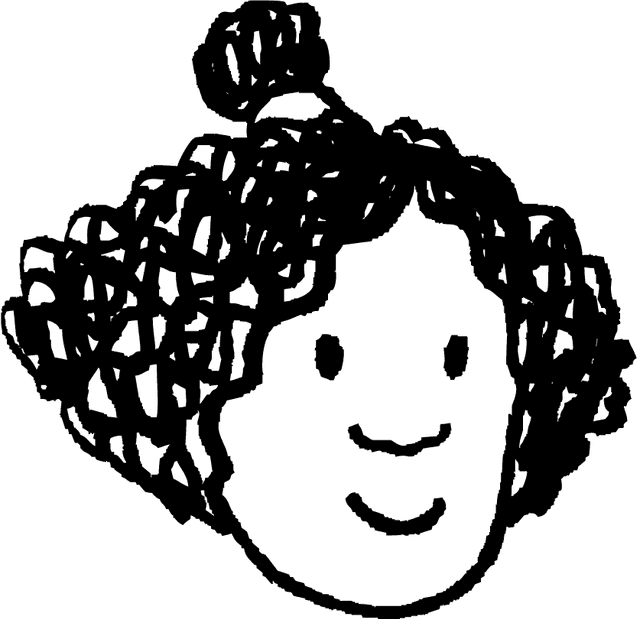Starter quiz
- Who gives the best description of DNA?
 Andeep: "A molecule made from three strands that are stored in the nucleus."
Andeep: "A molecule made from three strands that are stored in the nucleus." Sam: "A molecule that is made of repeating units that carries the genetic code." ✓
Sam: "A molecule that is made of repeating units that carries the genetic code." ✓ Sofia: "A long molecule that is made of sugars that carries genes."
Sofia: "A long molecule that is made of sugars that carries genes." Izzy: "A big molecule made of sugars and protein that carries genes."
Izzy: "A big molecule made of sugars and protein that carries genes."
 Where is DNA found in plant, animal and fungi cells and how is it stored?
Where is DNA found in plant, animal and fungi cells and how is it stored?- It is found in the cytoplasm and stored as proteins.
- It is found in the nucleus and stored as proteins.
- It is found in the nucleus and stored as chromosomes. ✓
- It is found in the cytoplasm and stored as chromosomes.
-
- ______ is the process in which the characteristics of species change over many generations, sometimes becoming new species.
- 'Evolution' ✓
- What provides evidence for evolution?
- 'fossils' ✓
- True or false? Only animals can produce fossils.
- True
- False ✓
- Which features might a plant living on a rainforest floor have?
- Spines instead of leaves to reduce water loss.
- Broad leaves to maximise sunlight absorption for photosynthesis. ✓
- Long roots help to get water deep from underground.
- A thick green stem for photosynthesis to take place instead of in the leaves.
-
Exit quiz
- Which of the following statements are true about theories?
- Theories have a lot of supporting evidence. ✓
- Theories are just ideas so they are not widely accepted.
- Theories don't apply to many situations.
- An example of a theory is evolution.
- An example of a theory is natural selection. ✓
-
- Match the word to its meaning.
- natural selection⇔Better adapted organisms are more likely to survive and reproduce. ✓
- evolution⇔The characteristics of species change over many generations. ✓
- artificial selection⇔Humans choose organisms with desirable traits and breed them together. ✓
- Starting with variation, put the steps of natural selection in the correct order.
- 1⇔Variation - due to chance individuals of a species have different traits.
- 2⇔Advantage - some traits can give individuals an advantage.
- 3⇔Competition - this advantage allows them to compete successfully.
- 4⇔Survival - this makes them more likely to survive.
- 5⇔Reproduction - and more likely to have offspring.
- 6⇔Inheritance - and more likely to pass on the traits to their offspring.
- Which scientist studied the howler monkey and also noticed how different species were separated by different geographical boundaries like rivers or mountain ranges?
- Charles Darwin
- Alfred Russel Wallace ✓
- Gregor Mendel
- Thomas Morgan
-
- Why was the theory of evolution by natural selection not accepted when it was first proposed?
- Darwin hadn't yet written his book 'On the Origin of Species'.
- How species pass on their traits to their offspring was not known. ✓
- Wallace and Darwin disagreed on the idea of natural selection.
-
- Match the scientist to their contribution to the theory of evolution by natural selection.
- Gregor Mendel...⇔proposed that traits are passed from parent to offspring. ✓
- Friedrich Miescher...⇔extracted DNA from the nucleus. ✓
- Rosalind Franklin....⇔produced the first X-ray image of DNA. ✓
- James Watson and Francis Crick...⇔showed the 3D structure of DNA. ✓
Worksheet
Presentation
Video
Lesson Details
Key learning points
- Scientists develop theories to explain how the natural world works
- Darwin and Wallace collected evidence that helped them to develop the theory of evolution by natural selection
- The theory was not widely accepted at first, in part because it did not explain how heritable traits were passed on
- Many scientists contributed to wider acceptance of the theory of evolution by natural selection by investigating DNA
- These scientists discovered DNA and demonstrated its significance as the mechanism for inheritance of traits
Common misconception
Many students believe that Darwin was the only scientist involved in the development of the theory of evolution by natural selection.
This lesson directly addresses this misconception and includes examples of other scientists who were involved in the original and later development of the theory.
Keywords
Theory - A general explanation that applies to many situations.
Evolution - The process in which the characteristics of species change over many generations, sometimes becoming new species.
Natural selection - Organisms that are better adapted to their environment are more likely to survive, reproduce and pass on their genes to their offspring.
Artificial selection - The process in which humans choose organisms with desirable traits and breed them in order to make offspring with these desirable traits. Also known as selective breeding.
Dna - The chemical molecule made of nucleotides, which contains the genetic code for making proteins in all living organisms.